Sintering is a thermal process largely exclusive to powder metallurgy (PM). The powder metallurgy sintering process frees engineers from many limitations inherent to traditional design in both structural and magnetic applications:
Today, advanced powder metallurgy processes can provide strength and design flexibility superior to casting. And PM requires less secondary machining, allowing for more material flexibility than forging.


Whether you haven’t considered sintering as a solution, or your current sintered part hasn’t unleashed its full potential, this guide will give you several great takeaways:
Use this e-book to match your application, required properties, and budget to a sintering technique. With the right alloys and heat-treating conditions in place, you can create powder metal parts that perform better than you ever imagined possible:
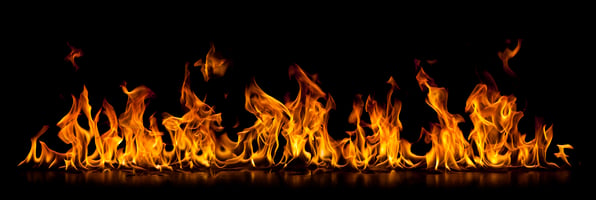
What is sintered metal? Fortunately, while the fine details are quite complex, the basics are easy to understand. Keep reading to not only better understand sintered parts, but also how the powder metal process can create high-strength parts that are viable in many more applications than you realize.
Resource: What is Sintered Metal?
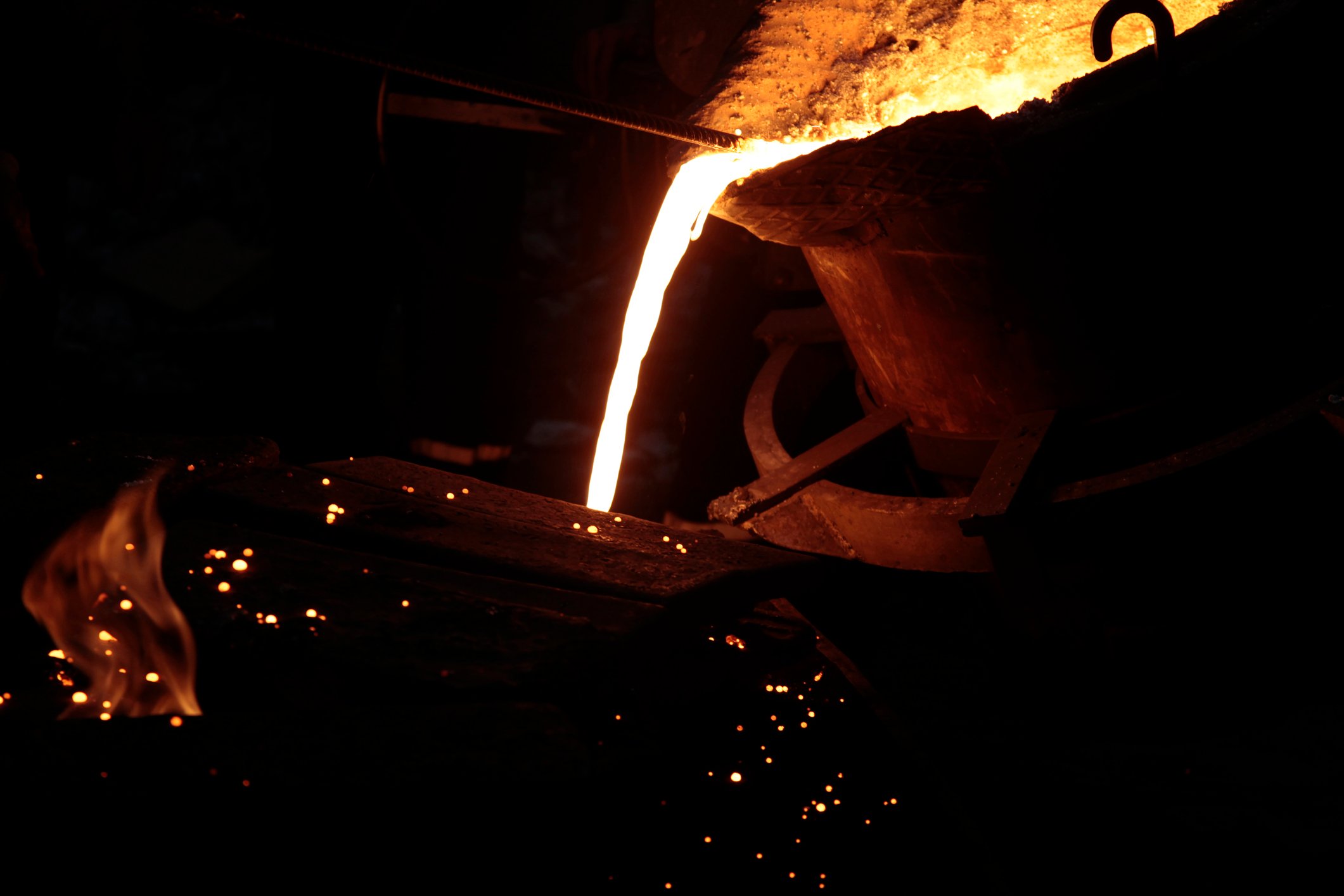
If you could ask the metals involved, they’d probably tell you it’s a simple matter of hot vs. hotter. But from a quality and flexibility standpoint, there are very significant differences between the two processes. These differences will help an engineering team decide how and when to use melting or sintering for metal parts manufacturing.
Resource: Powdered Metal: What’s the Difference Between Sintering and Melting?

What is sintering in powder metallurgy (PM)? Conventional sintering processes are the bread and butter of improving a part with PM. This process heats the compacted part to fuse the loosely bonded particles for improved strength and hardness. After sintering, the powder metal part is often heat treated by reheating to permit quenching and tempering. This further increases the hardness and strength of the compacted component.
Resource: Skipping Steps: Sinter Hardening vs. Conventional Sintering Processes
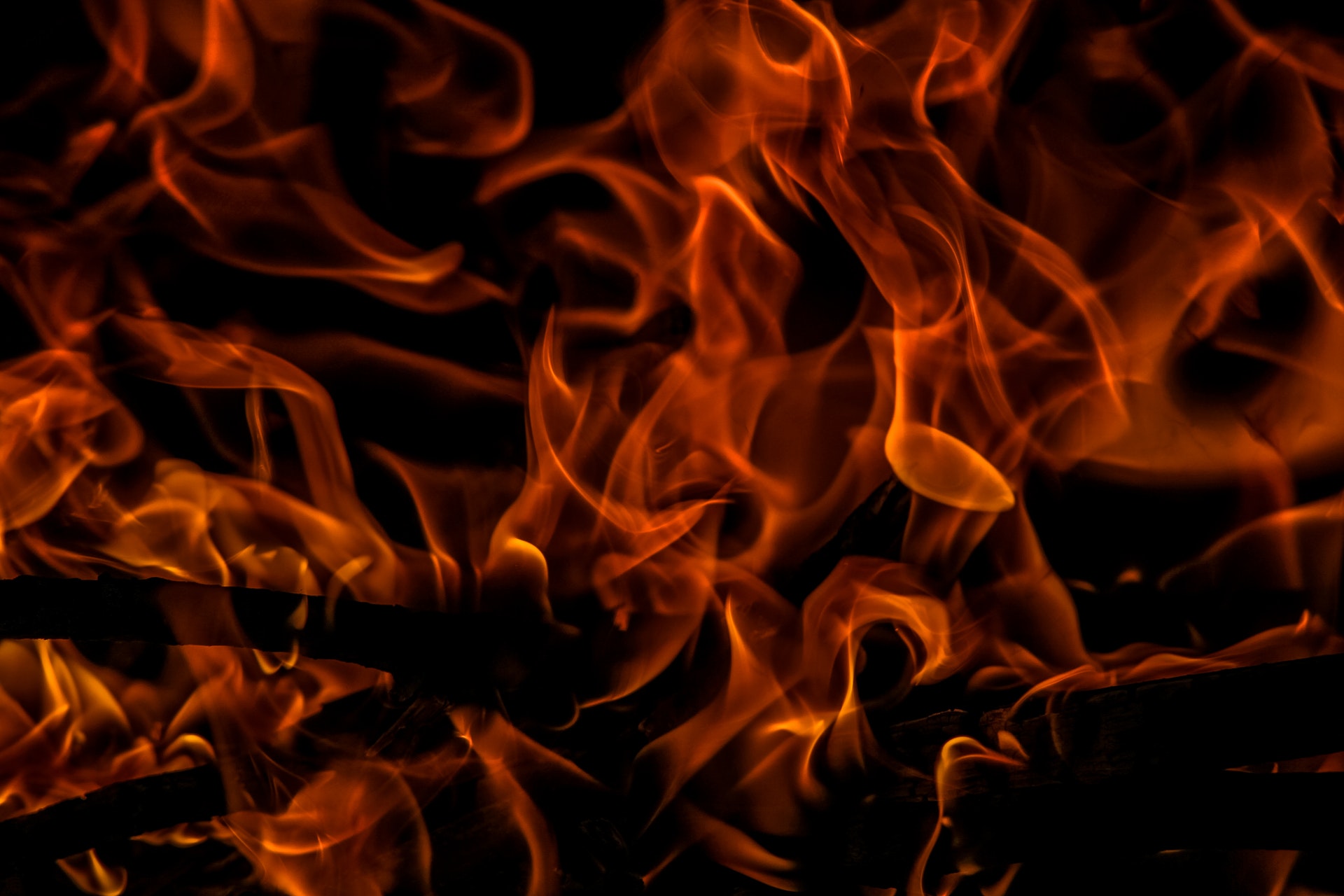
Sintered parts start out as powder compacts, sometimes referred to as “green” parts. Heating these in a furnace -- a process known as sintering -- bonds the powder grains together, to create hard components ready for use.
Sintering of iron based PM parts is usually done at around 2020-2100°F. When done at higher temperatures, the process is called “high-temperature sintering.” High-temperature sintering changes part properties and can have amazing performance implications. Anyone specifying or purchasing sintered metal parts should know the differences and understand how this process can benefit both price and performance.
Resource: Beginner's Look at High-Temperature Sintered Parts

Sintering is a powder metallurgy processing step in which particles fuse into either a solid or porous body (sintered neck formation) at a temperature below the melting point of the major element in the powder.
Think of ice cubes melting together in a glass of water. The longer the ice sits in the water, the harder it is to break those cubes up. That’s a good analogy of sintered neck formation.
Resource: Advances in Powder Metallurgy: Ultra-High-Temperature Sintering
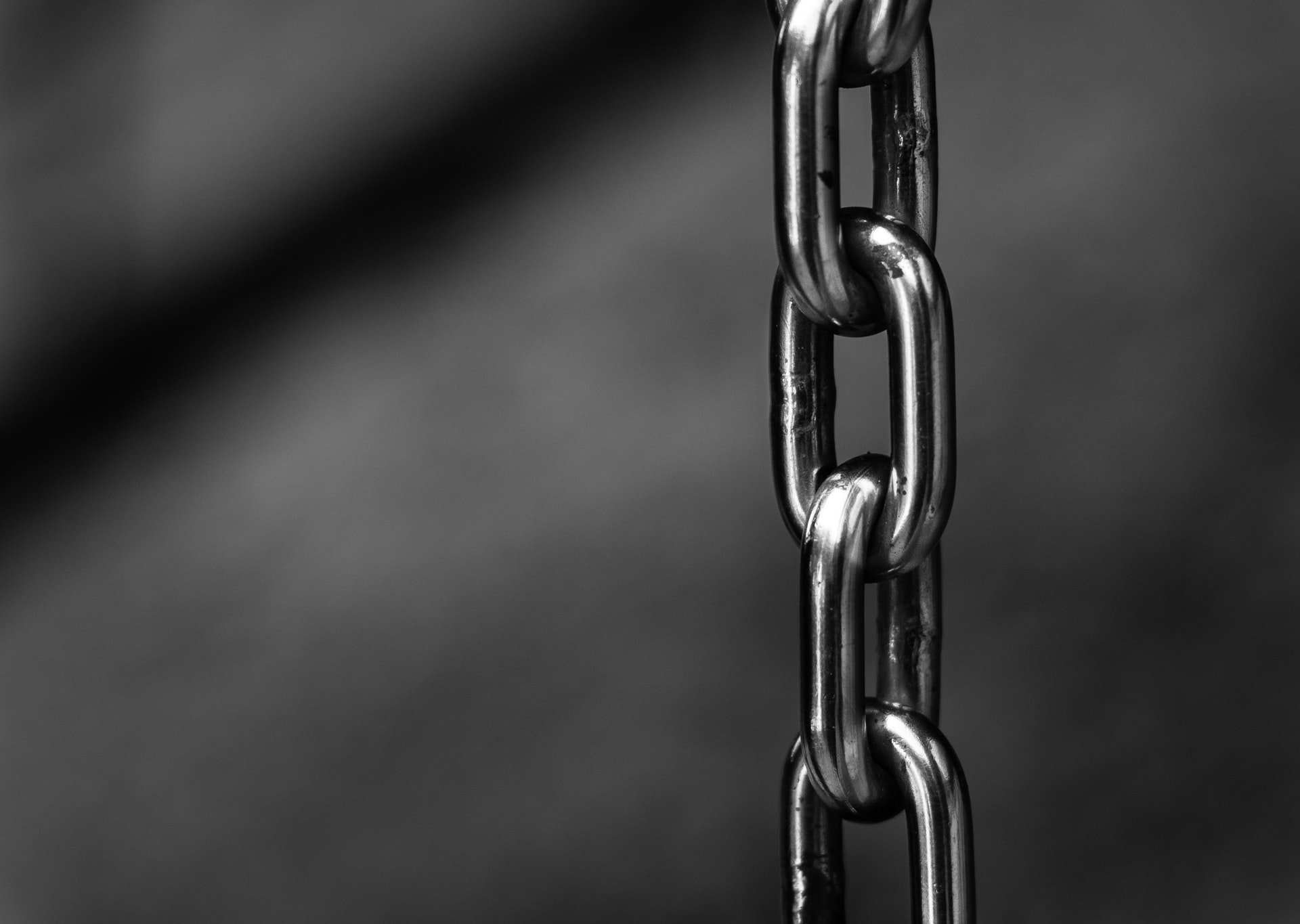
Optimizing a project for powder metallurgy isn’t just a matter of pouring a mix into a Play-Doh machine and cranking it out. The sintering process in powder metallurgy alone offers several tweaks that can give you different, nuanced results.
One of the most exciting processes for those designing a complex part is called sinter bonding. In this process, the manufacturer bonds two pieces together during sintering.
The implications could be big for your project, no matter the industry.
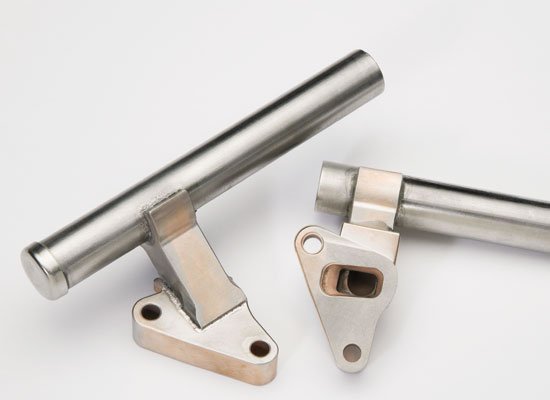
Attaching components to one another requires in-depth understanding of the qualities of the metals in each component.
Everyone knows about welding. Fewer know about sinter bonding and sinter brazing, useful processes that are specific to powder metallurgy. Compared with traditional brazing, sinter brazing uses different materials.

You may not realize it, but sinter bonding and sinter brazing are two distinct metal forming processes in powder metallurgy. Both are great techniques for optimizing your powder metal part, but there are quirks and unique qualities in each.
You may even be able to replace tried-and-true processes like welding! Let’s discover what you can do with each of these powder metal-specific techniques.
Resource: Soft Magnetic Composites: A Visual Crash Course on Improving Motor Efficiency
If you still don’t have a good handle of whether sintering can expand your design options and improve material properties, ask our world-class team directly. You can also keep learning on your own by scrolling to the resources below.
Our team includes Senior Advanced Materials Engineer Fran Hanejko and Director of Technology & Business Development Tom Freemer. Fran is a highly respected industry expert who’s published several research papers on sintering and powder metallurgy. Tom has collaborated with design engineers across several industries to create innovative PM solutions through advanced manufacturing techniques and material alloys.
Fran and Tom have extensive experience in powder metallurgy, including several years with a world-leading raw material supplier. If you have design or performance questions for them, get in touch here.
Humanoid robots are redefining how machines move, but the motors driving them are still stuck in two dimensions. To replicate human motion, you need compact actuators that can twist, bend, and pivot naturally across multiple axes. That’s where the spherical pan-tilt motor changes everything.
Imagine walking into a hospital where a robot greets you at the door, wheels a supply cart down a crowded hallway, and assists nurses with lifting heavy trays—all without slowing down workflow or needing special infrastructure. That’s the promise of humanoid robots: machines built not just to work for humans, but to work and engage with us in the spaces we already inhabit. Unlike traditional industrial robots that are locked inside cages, humanoids are designed to fit into our world, navigating stairs, handling objects, and moving with human-like dexterity.
The idea of growth is exciting. It’s visionary leadership, disruptive ideas, and game-changing technologies. Behind every inspiring growth story, however, is a reality that rarely gets attention: late nights, tight timelines, supply chain puzzles, and an endless stream of unknowns. At Horizon Technology, we’ve chosen to embrace that mess - not avoid it. Because when you're bringing something truly new to the world, there’s no off-the-shelf playbook to follow. And that’s where we shine.
Imagine putting on a device that enhances your strength, supports your movements, and reduces fatigue, whether at work, in therapy, or during recovery from injury. This isn’t science fiction - wearable robotics are turning human augmentation into reality. From industrial exoskeletons that allow workers to lift heavy loads safely to rehabilitation devices that help patients regain mobility, wearable robots are redefining human capability. They don’t just move people; they improve quality of life and unlock new possibilities for human performance.
For more than a century, laminated electrical steel has been the backbone of electric motor design. It’s familiar, reliable, and has powered everything from industrial machines to today’s EV traction motors, robotics actuators, and aerospace systems. But here’s the uncomfortable question: is electrical steel limiting the future of motor innovation?
In today’s fast-paced innovation landscape, the right manufacturing partner makes all the difference. At Horizon, we do more than make parts – we make your magnetic innovation manufacturable. From prototyping to scaled production, we help engineers and innovators bring advanced motor and actuator designs to life—especially when soft magnetic materials are part of the equation. Our strength lies in helping engineers bring ambitious ideas to life, while guiding them through the practicalities of manufacturability from the very first sketch.
People. Passion. Powdered Metal.
293 Battery Street
St. Marys, PA 15857
(814) 834-4004